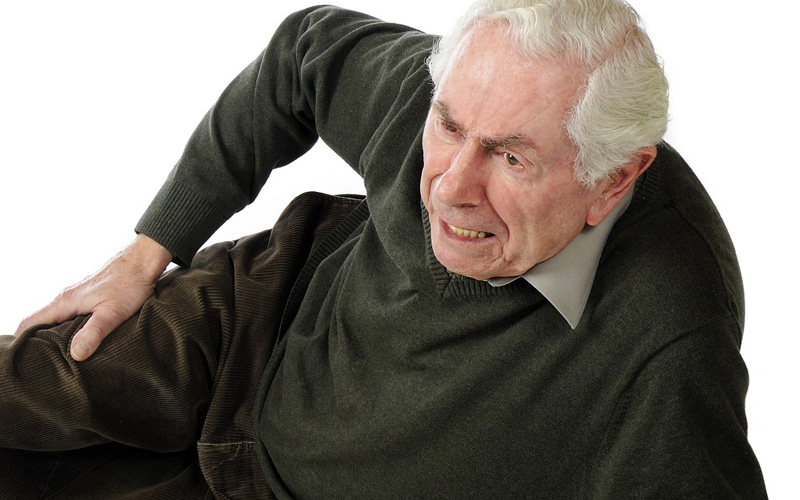Each year, millions of adults aged 65 and older fall. Chances are, if you have a loved one who is advancing in age, you’ve been concerned about the risk for falls at home – and for good reason. Falls can cause injuries, such as hip fractures, lacerations and head traumas, and can increase the risk of early death. According to the Centers for Disease Control and Prevention (CDC), falls in older adults are the leading cause for both fatal and non-fatal injuries. In 2013, the CDC reported 2.5 million nonfatal falls among older adults were treated in emergency departments and more than 734,000 of these patients were hospitalized.
Fortunately, falls are largely preventable. We’ve developed a quick checklist to help you and your loved ones prevent falls at home.
Floors
– Move furniture so that paths are clear.
– Remove rugs or use doubled-sided tape or a non-slip backing so rugs won’t slip.
– Pick up things that are on the floor.
– Coil or tape cords and wires next to the wall so you can’t trip over them. If needed, have an electrician put in another outlet.
Stairs and Steps
– Pick up papers, shoes, books or other things on the stairs. Always keep objects off stairs.
– Fix loose or uneven steps.
– Have an electrician put in an overhead light at the top and bottom of the stairs.
– Have an electrician put in a light switch at the top and bottom of the stairs. You can get light switches that glow.
– Have a caregiver, friend or family member change the light bulb.
– Make sure the carpet is firmly attached to every step, or remove the carpet and attach non-slip rubber treads to the stairs.
– Fix loose handrails or put in new ones. Make sure handrails are on both sides of the stairs and are as long as the stairs.
Kitchen
– Move items in your cabinets. Keep things you use often on the lower shelves (about waist level).
– If you must use a step stool, get one with a bar to hold on to. Never use a chair as a step stool.
Bathrooms
– If your tub or shower is slippery, put a non-slip rubber mat or self-stick strips on the floor of the tub or shower.
– Have a carpenter put grab bars inside the tub and next to the toilet.
– Install an elevated toilet seat.
Bedrooms
– Place a lamp close to the bed where it’s easy to reach.
– Put in a night-light so you can see where you’re walking. Some night-lights go on by themselves after dark.
Other Things You Can Do to Prevent Falls
– Exercise regularly. Exercise makes you stronger and improves your balance and coordination. Exercise programs should be tailored to a person’s needs. Many senior citizen centers, YMCAs, or other health clubs offer free or low-cost group exercise classes tailored to senior citizens.
– Have your doctor or pharmacist look at all the medicines you take, even over-the-counter medicines. Some medicines can make you sleepy or dizzy.
– Have your vision checked at least once a year by an eye doctor. Poor vision can increase your risk of falling.
– Get up slowly after you sit or lie down.
– Wear shoes both inside and outside the house. Avoid going barefoot or wearing slippers.
– Improve the lighting in your home. Put in brighter light bulbs. Florescent bulbs are bright and cost less to use.
– Add lighting to dark areas in rooms. Hang lightweight curtains or shades to reduce glare.
– Paint a contrasting color on the top edge of all steps so you can see the stairs better. For example, use a light color paint on dark wood.
Other Safety Tips
– Keep emergency numbers in large print near each phone.
– Put a phone near the floor in case you fall and can’t get up.
– Think about wearing an alarm device that will bring help in case you fall and can’t get up.
– Know your limitations. Consider hiring a caregiver who can help prepare meals, perform light housekeeping, and run errands, etc.
– Get screened and, if needed, treated for osteoporosis.

